The City Beautiful
Some fragmented thoughts on the delights of small cities, the unexpected finds from my visit to Waco last year, and tulips from our yard
Thursday, April 25
Grand Rapids, Mich.
Last fall, my bosses at Travel+Leisure asked me to go to Waco, Texas, to visit the new Hotel 1928, created by Fixer Upper stars Chip and Joanna Gaines. My piece, in the magazine’s May issue, uses the hotel as a base from which to explore Waco.
I’m a big fan of small cities.
Perhaps it’s my pro-underdog bias. Surely it’s my conviction that, in a world that imagines “bigger” and “louder” as better, “smaller” and “quieter” are undervalued; Tristan and I cherish the reasonable cost of living and the benefits of being in a place that exists at a steady hum, not a constant shout. It’s probably also my contrarian streak; I confess to pleasure when someone says, incredulously, “Grand Rapids?!”
Outsiders often have only the vaguest notions of what life is actually like in these places. Small cities are less visited, less known, sometimes misunderstood. Over the past four years, I’ve noticed the gulf between people’s stereotypes of Grand Rapids and the reality.
This truth didn’t stop me from arriving in Waco (pop. 145,000) with apprehension and my own stereotypes: In my mind, Waco was deeply conservative and overwhelmingly white, with a Baptist-inflected, Baylor-supported religious monoculture and annoying Texas-sized ambition.
I was glad to gain a more nuanced perspective. And since the magazine allocated me only 1,300 words, I thought I’d reflect at greater length here about the Waco I found, which Joanna Gaines described to me as “a mid-size city with a small-town feel.”
--
The place now called Waco has been a gathering place for millennia.
In 1978, two teenagers found a large bone while exploring a creek bed on the city’s northwest side. Experts at Baylor University identified it as a femur of a Columbian mammoth, the woolly mammoth’s taller, less hirsute cousin. Some two dozen mammoth skeletons have subsequently been excavated.
The site is the only place in the world where you can view, in situ, the remains of a Columbian mammoth nursery herd—a group of mama mammoths that raised their young together. This herd is said to have died in a single catastrophe 65,000 years ago. In 2015, President Obama declared the site Waco Mammoth National Monument.
I toured the dig shelter with a ranger named John, whose humor was as dry as that Waco creek bed in high summer. Signs marked the bones of a western camel, a sabertooth cat, and an “even-toed mammal.” When I queried that vagueness, John laughed. “That sign was swapped out a couple of years ago,” he said. Before the discovery of more bones, “it just said ‘unidentified animal.’”
Some elementary-school students were visiting too, and one kid, no more than eight or nine years old, approached John and me. Though neither of us asked, the kid began boysplaining everything that we could see: Did you know...? Did you know... ? Did you know... ? He pointed at a protruding tusk and said that it was evidence of one mammoth trying to save another. John sighed.
A mural on the wall depicts the nursery herd, but the whole display should come with an asterisk. That story might not be true. “The assumption that it was adult females and juveniles living together is speculation based on elephants,” John said. The story the kid told about a failed rescue is common and understandably appealing. “There’s always the want for a story. You want to feel involved with the creatures,” John explained. “The mural tells one version of the story. But there are still questions.”
Scientists are still seeking answers. The tools scattered around the site weren’t just for show. Over decades of painstaking excavation, scientists have surveyed less than an acre, and not at much depth. They continue to dig for evidence, not just about the mammoths but also about other creatures that inhabited the Pleistocene tall-grass prairie, including ground sloths and giant armadillos (“less speed bump, more VW Beetle,” John said).
We have more information about those who arrived later. Central Texas’s first known human inhabitants were Native American tribes that lived here for centuries. In the 1700s, the Waco people settled on the Brazos River’s western bank, where downtown Waco now stands. A scout sent by Texas forefather Stephen F. Austin in 1824 described 40 acres of homes in the shade of live oaks, surrounding a freshwater spring.
In 1830, Cherokee warriors sacked the village. Seven years later, Texas Rangers built Fort Fisher on the site. Modern Waco was founded in 1849, the Waco tribe’s survivors moved to an Oklahoma reservation in 1872. The only remnant of Native American heritage: the city’s name.
--
Contrary to my preconceptions, Waco is ethnically diverse. Its population is 30% Latino, 20% Black, 14% multiracial, and 2% Asian. In 1974, it became the first major Texas city to elect a Black mayor. Notably in the predominantly Protestant community, Oscar DuCongé was not only Black but also Roman Catholic.
The neighborhoods east of the Brazos River are about 60% Black. One of the most gorgeous things I saw on my trip was “Black Pride,” an exuberant mural in East Waco completed by artist Chesley Smith in time for Juneteenth 2023. But I actually tasted Waco’s diversity before I began to see it.
Of course the chicken-fried steak (for breakfast!) was excellent at George’s, a Waco institution where the booths are Baylor green and photos of Nolan Ryan and both George Bushes adorn the walls. More surprising: the curry bathing a delightful pan-seared Texas redfish at Milo. And at restaurant/brewery Pivovar, my friends Chris and Katherine and I inhaled a meal inspired by Central Texas’s large Czech community, including a fine schnitzel.
The inspirations came from farther afield at Helberg Barbecue, where Phillip and Yvette Helberg serve barbecue that has won Texas Monthly’s praise. Yvette’s roots are Filipino, and when Phillip and Yvette were dating, her mom welcomed him and his buddies to a table crowded with Filipino dishes. “I wasn’t used to that level of generosity without strings attached,” he said. Such lavish hospitality, which is typical of Filipino culture, “has really informed how we do things,” Yvette said.
Phillip described Helberg as “an old-school barbecue joint rooted in central Texas tradition.” But his food has undeniable Filipino inflections. Sometimes he makes pork adobo. He has been playing with a “very umami” marinade that includes Sprite, soy sauce, garlic, oyster sauce, and cane vinegar—an essential Filipino ingredient. He’s still refining his lechon, which he calls “my white whale.”
After we’d talked for a while, I went to the counter to buy brisket to take home to Tristan. Phillip disappeared and reemerged a few minutes later with a vacuum-sealed package: It was his take on the Filipino sausage longanisa, and he wanted me to taste it. “There are a lot of layers to what we do,” he said, “and lots of things we’re trying.”
Another day at lunchtime, I met Katherine at Union Hall downtown, where you can get everything from burgers and wings to pho and curry. Our destination: the Blasian Asian, where chef Chavrat DuBose offers the flavors of her native Cambodia.
Mike, Chavrat’s Black husband (hence the restaurant’s name), was at the register. When I asked him to recommend their most authentic Cambodian dishes, he got a sheepish look before suggesting the meat skewers. I was surprised that they offered orange chicken and teriyaki chicken, neither Cambodian. “We had some hardcore Cambodian stuff,” Mike explained, but nobody ordered it. Every night, the DuBoses ate it all themselves. “Maybe Waco wasn’t ready.”
Chavrat came over to chat as Katherine and I ate. Those chicken skewers were superb—succulent, richly spiced. She smiled and said that she makes her own marinade: coconut cream, lemongrass, curry.
Despite many diners’ lack of adventure, she feels optimistic. She told me about one regular, a boy who’s been eating at the Blasian Asian nearly from the beginning. When you order, Mike will ask how spicy you want the food, on a scale from 1 to 5; Chavrat confessed that the real scale runs to 15, even 25. When the kid first tried their food, he’d stuck to 1 or 2. With pride, she noted that the boy now asks for 25. “Things are changing,” she said, hopefully.
--
When I toured the East Terrace House with Erik Swanson, who heads the Historic Waco foundation, he expressed consternation that his predecessors had concentrated on the preservation of the homes of the wealthy. While he can’t rebuild what was lost, he does want the six houses that the foundation manages to be “not so much a focal point but more of a backdrop. We’re trying to tell a more complete history,” he said.
How to illuminate under-told stories? Inspired by the city’s place in the tale of Bonnie and Clyde—“Clyde was in the courthouse jail, Bonnie smuggled a gun in, and he broke out”—the foundation threw a murder-mystery party last year at the East Terrace House. It has hosted Indigenous lecturers and performers. His team is building a collection of oral histories so that Waco’s diverse population will be more fairly represented in the foundation’s archives. And they’re planning a series of culinary evenings that tap Baylor’s repository of historic Texas cookbooks.
The Hotel 1928 is another sign of the thoughtful, historically informed change in Waco. The city’s first luxury hotel is both a beautiful reimagination of a landmarked Shriners lodge and the latest sign of the immense investment that Chip and Joanna Gaines have made in their hometown. (You can read my full review here.) “We love this community,” Joanna told me, “and it has gone through some stuff.”
Indeed it has: In the 1920s, Waco was a hotbed of Ku Klux Klan activity; the KKK even ran a ticket in the 1922 elections, winning the races for sheriff and county attorney. In 1953, a tornado devastated downtown and East Waco. Then there was the deadly 1993 siege of the Branch Davidian compound, which still riles Wacoans. As Mayor Dillon Meek told me, “that wasn’t even in Waco.” It happened miles outside the city. “I couldn’t tell you how to get there.”
Meek, who grew up on a ranch outside Victoria, in South Texas, came to town to attend Baylor. “There’s so much opportunity here, and it’s small enough that if you want to jump in, it feels significant. Your wake matters,” he said. “Our real secret is the people—really kind, good people who are grounded.”
He suggested I visit the Fabled Bookshop, opened in 2019 by Alison Frenzel and Kimberly Batson, whom he called “the real deal.” Fabled occupies an airy space in a downtown building that survived the 1953 tornado, and one of its charming features is a wardrobe door leading to Narnia (also known as the children’s book section).
“Our heart is for Waco, for our community. Time and again, what has drawn me back is the richness of this community. When I finished Baylor in 2007, no one was staying. I lived in England for a couple of years. Now we have all these friends who are moving back,” Batson told me as we sat in Fabled’s cafe. Almost as if she had been briefed on my conversation with Meek, she added, “That rising tide—we feel it.”
Frenzel and Batson were introduced by a mutual friend who had heard both say that Waco needed a good indie bookstore. They’re not shy about having an agenda for what they stock. “Is it representative of our community? And can it create empathy?” Frenzel said. In Waco, that means shelves with, say, devotionals written by megachurch pastors as well as novels by queer authors—consonance and dissonance no matter who you are. “Especially in this age and culture, it’s important that everyone can find a safe place on the shelf that feels like home,” Batson said. “But there’s also space for both consensus and dissent.”
--
Every community is an ongoing experiment in complicated relationship. As I talked with Wacoans, I was struck by their candor and aplomb. Mayor Meek, for instance, brought up gentrification before I did, discussing the need to ensure that, even as the economy grew, folks weren’t left behind. Nor did anyone shy from talking about the painful past, even as their hearts were oriented toward the future. “I think of the beauty that can come out of the pain—the resilience of this community,” Joanna Gaines told me. “This town rallies together. That’s what kept Chip and me here.”
Fixer Upper and the Magnolia ecosystem that has emerged in its wake have shone a bright spotlight on Waco. More than 1 million people now visit their Silos complex each year. Yet Joanna kept pointing me toward her neighbors. (Magnolia has a pamphlet called the Magnolia Passport, which features a long list of non-Magnolia shops, restaurants, and activities around town.) “Wacoans are resilient and creative and believers in building something meaningful here,” she said. “We just want to help bring about the good that was intended for this place.”
As Joanna talked, my mind flashed to the Prophet Jeremiah’s ancient counsel to the Judahite exiles in Babylon: “Build houses and live in them; plant gardens and eat what they produce.... Seek the welfare of the city where I have sent you into exile, and pray to the Lord on its behalf, for in its welfare, you will find your welfare.”
Don’t misunderstand: I’m not saying that Wacoans are in exile, or that I’m somehow in Grand Rapids against my will. I am saying that many of us can trace our personal histories to places far from where we are now—and each of us can contribute to mutual flourishing right where we are. As travelers, we can also find beauty and richness wherever we go—fascinating history, layers of meaning, reminders of hope—if we only approach a community with right-sized expectations.
The side of the Fabled Bookshop’s building features a mural that reads “Love Your City & Your Neighbor.” It could be read as an earnest commandment. It also seems like a fitting benediction.
Here’s your regular proof of Fozzie life as well as a glimpse of what’s growing in our yard. I’m super-happy with our tulips this year. They are such a glorious reminder of beautiful diversity as well as the fragile gift of life.
I’m always on the hunt for good stories about undervalued places. If you love where you live, tell me why I should visit and write about it. Also, as always, I’d love to know what’s weighing on your hearts and minds and what I can be remembering in prayer.
Upcoming: Next Thursday, May 2, 7 p.m., at Warehouse 6 in Holland, Mich., I’ll be talking with Josh Vis as part of Still Processing’s conversation series. It’s free. Then, on Sunday, May 5, I’ll be preaching at Crosspointe in Cary, N.C.; 10 a.m. ET, online or at the church. All are welcome.
The last month has been intense, with too much travel and not enough rest. So you won’t receive a letter from me next week while I tend to these other things. God willing, I’ll be back in your inbox in a couple of weeks.
All my best,
Jeff

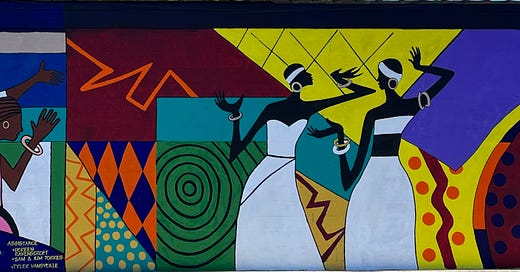


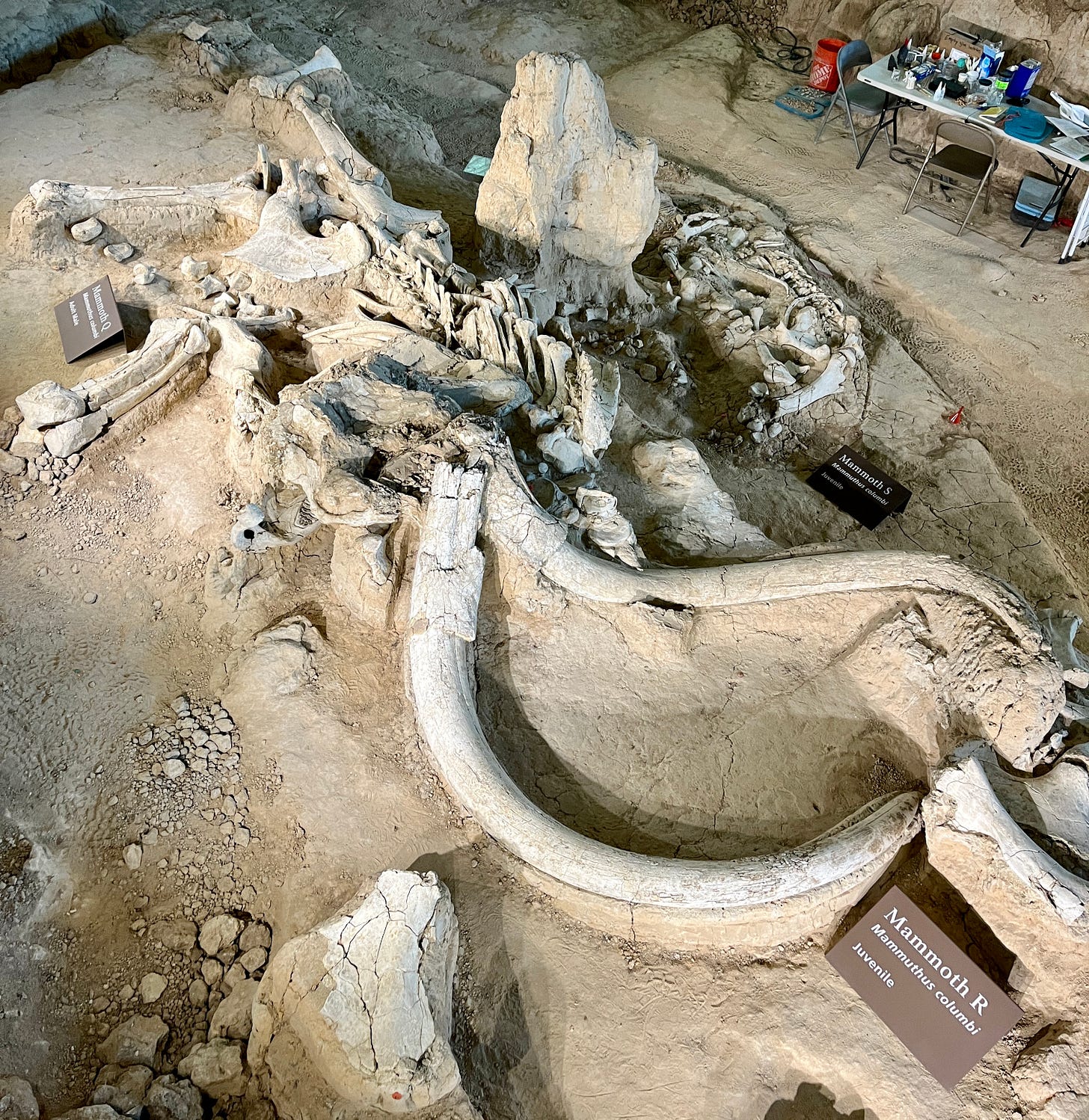

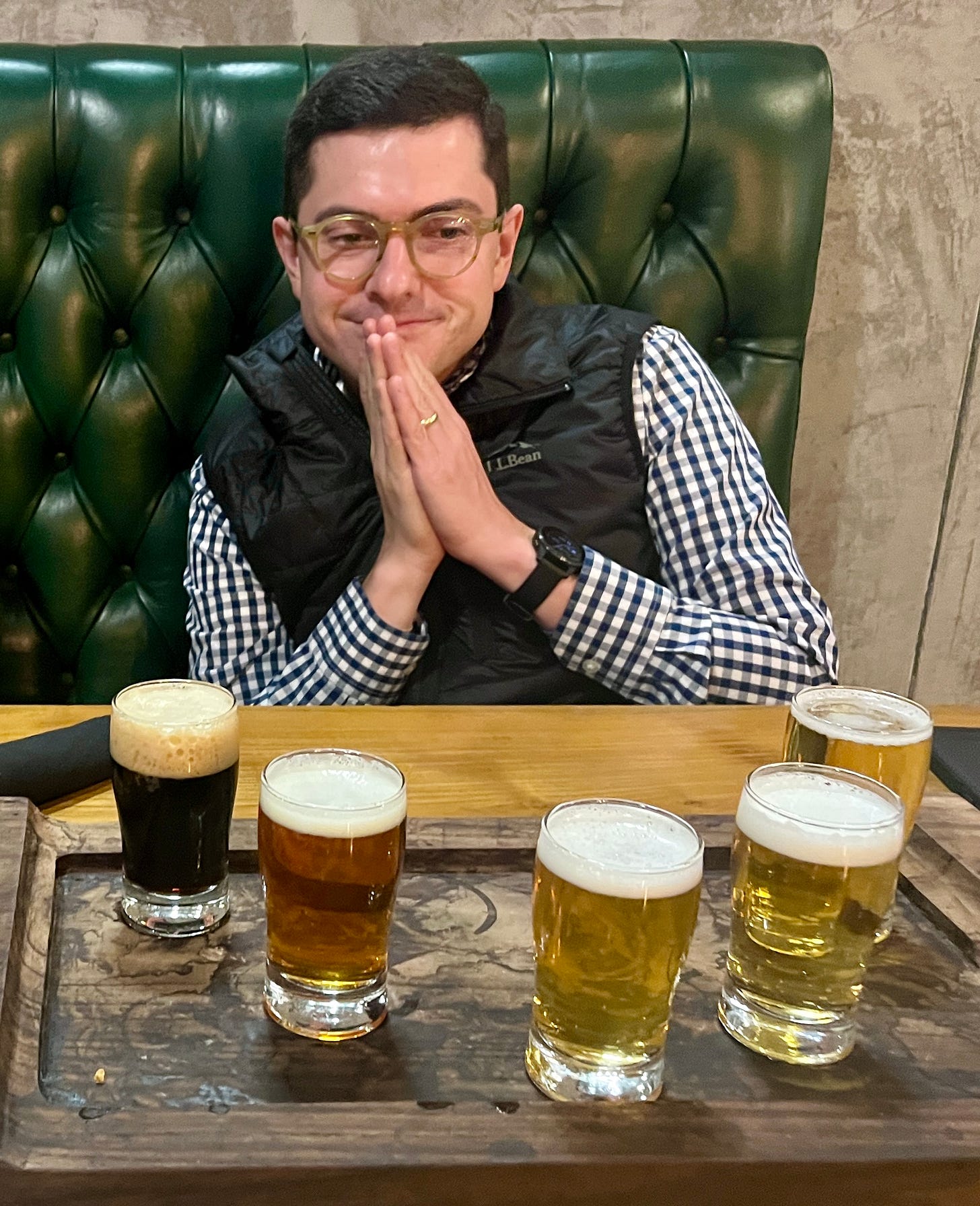
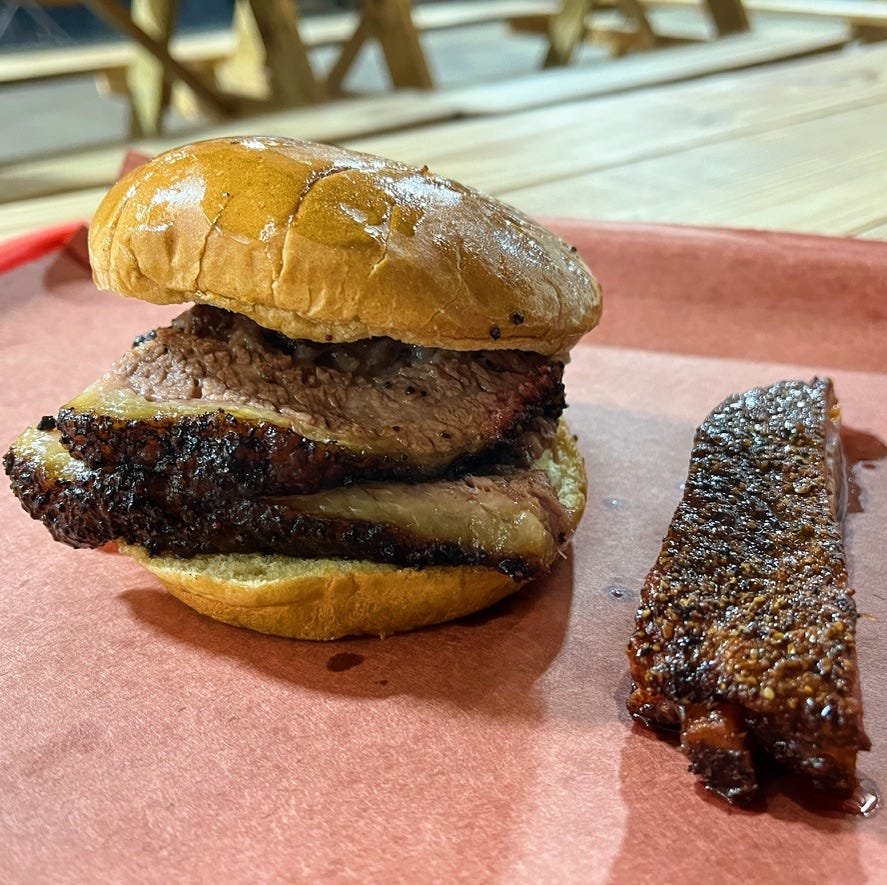
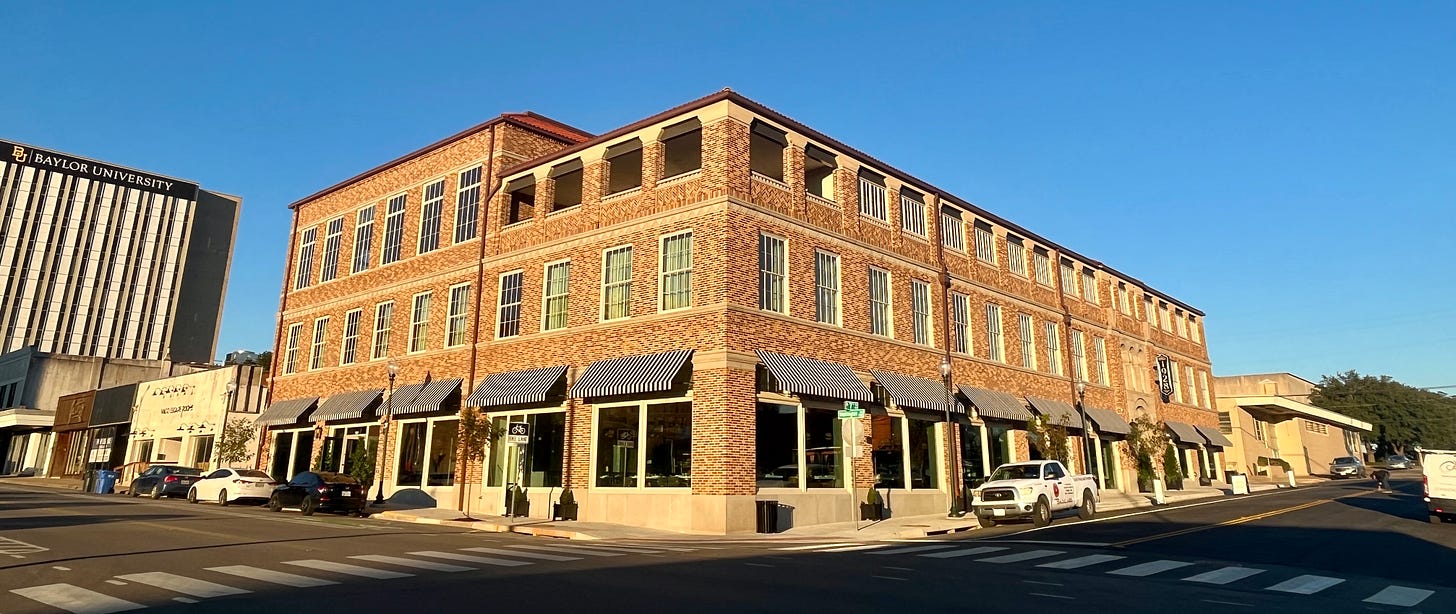

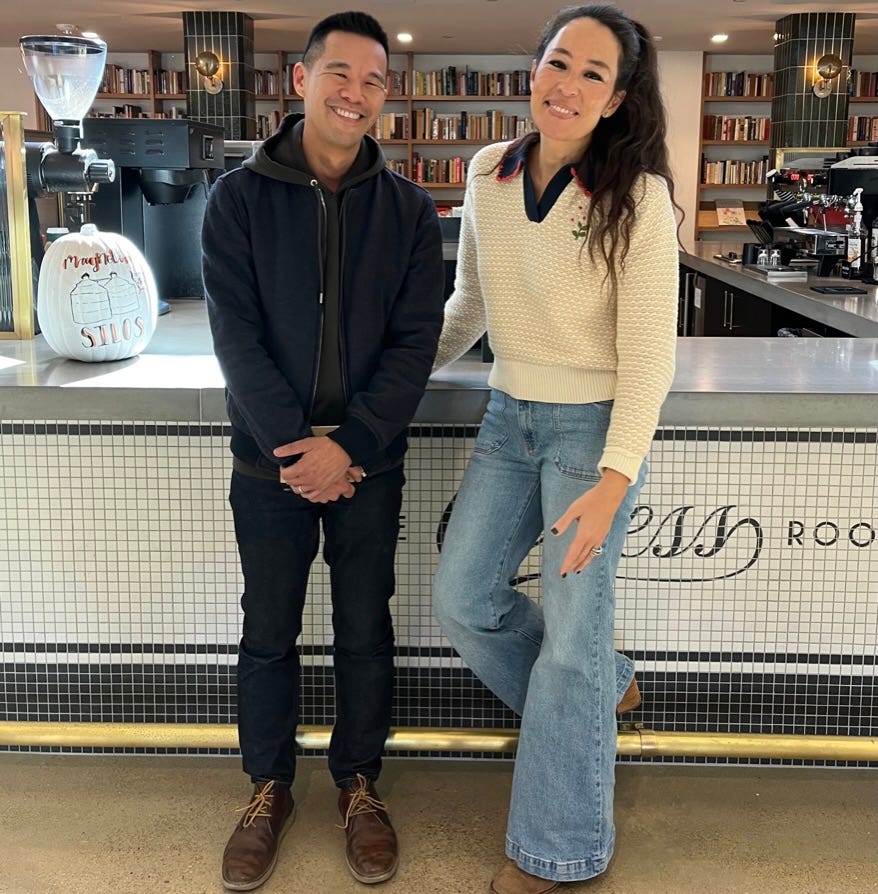
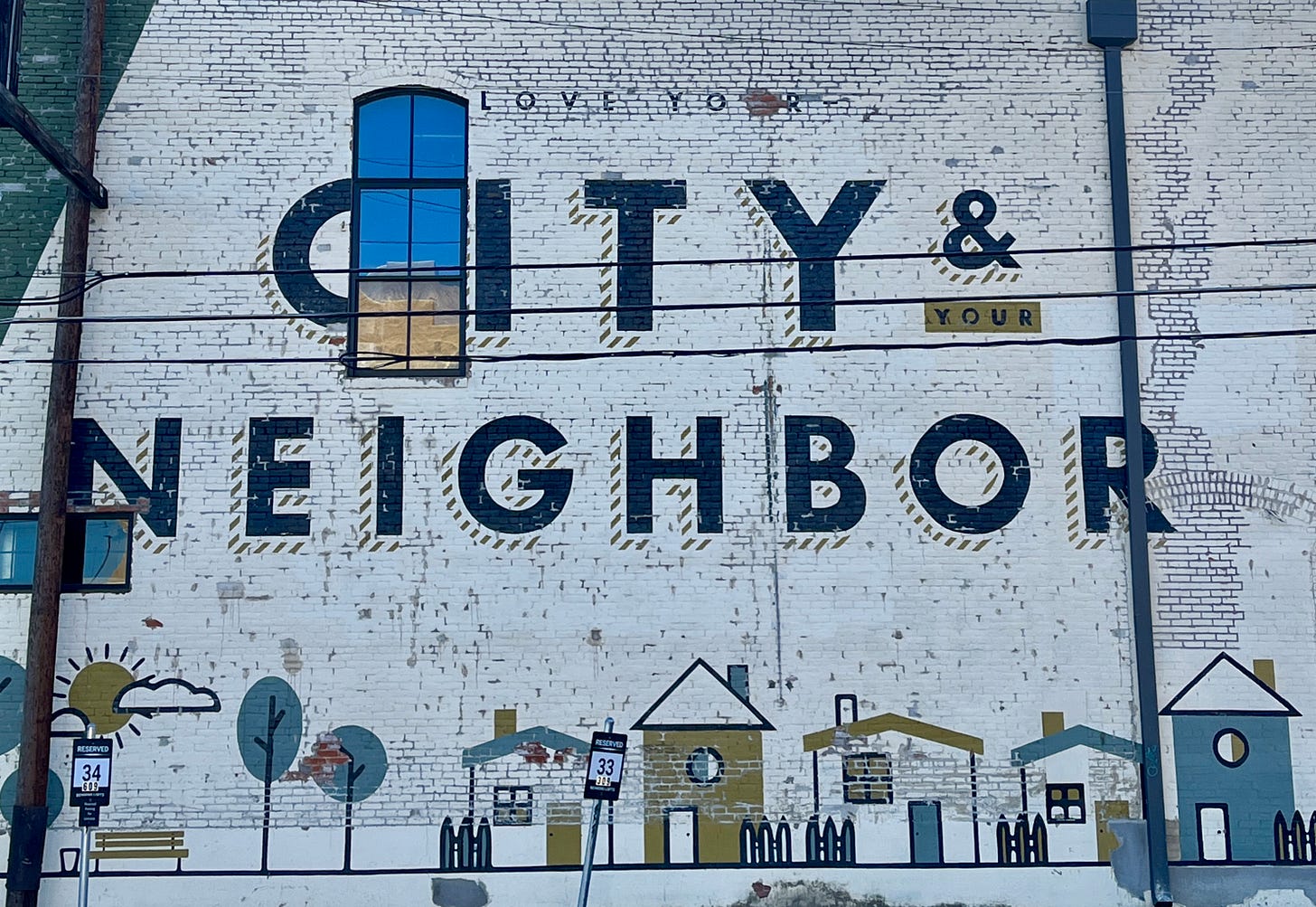
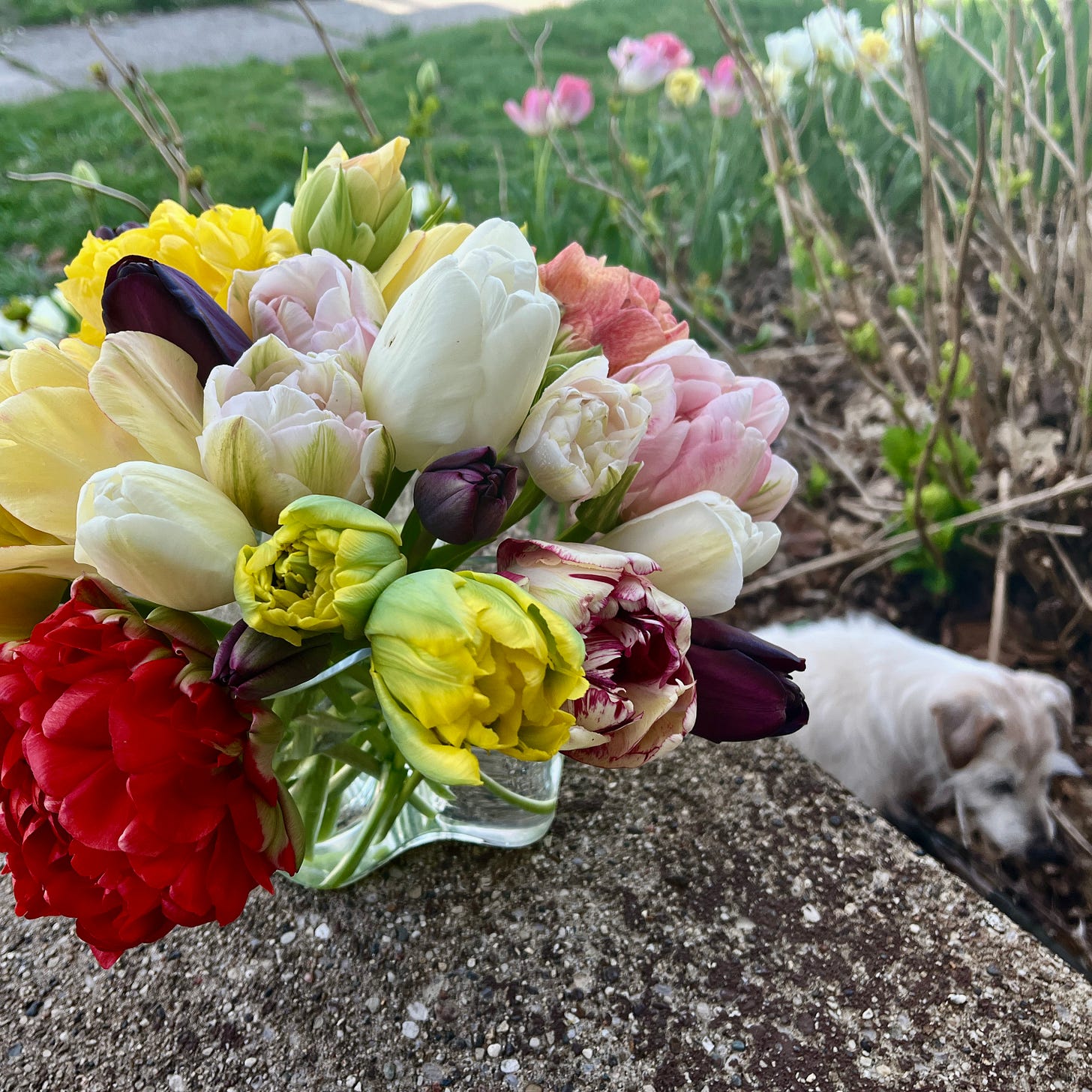
Ah Waco - I guess I should give it a second chance. I'm sure it's not the same as in 1984 when I attended Baylor for one year, then escaped for New England to finish undergrad because the Baylor/Waco scene was not my vibe. While extended family has always lived in and around Waco over the years, we've intentionally zipped in and out without much effort to experience all the change.
However, I will say Jasper's BBQ was my most memorable dining experience. They opened at 11 and slapped smoked brisket on your paper plate, along with a couple slices of white bread and you grabbed a bottle of soda. When the meat ran out, they closed.
With your write up, now we have names of places to try!
I love reading about my old college city. While I couldn't have stayed after graduation, and I know that now, I desperately wanted to at the time. I had a job lined up with the Baptist Press Association that fell through and I was devastated at first, but it was for the best. For those four years, though, it was Narnia to me, and I love that Fabled uses the Narnia reference for kids too. Thanks for taking us back there to this beloved, complicated, messy place. Keep Waco Wacko! :D